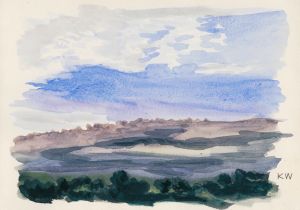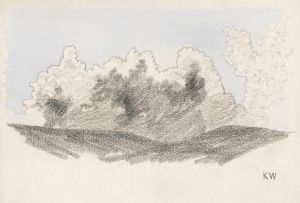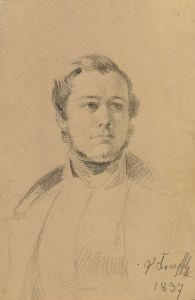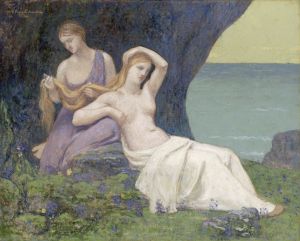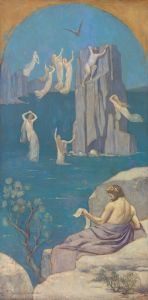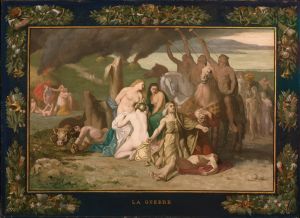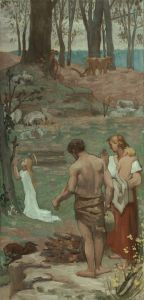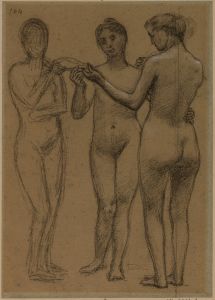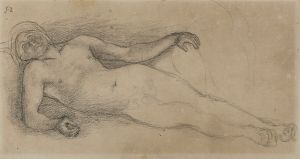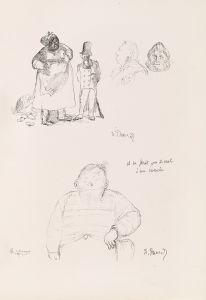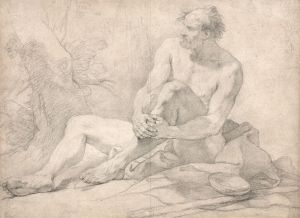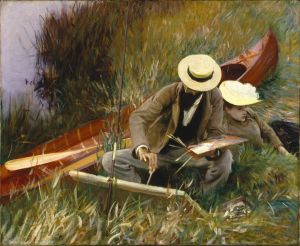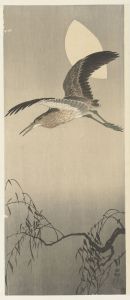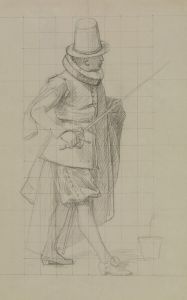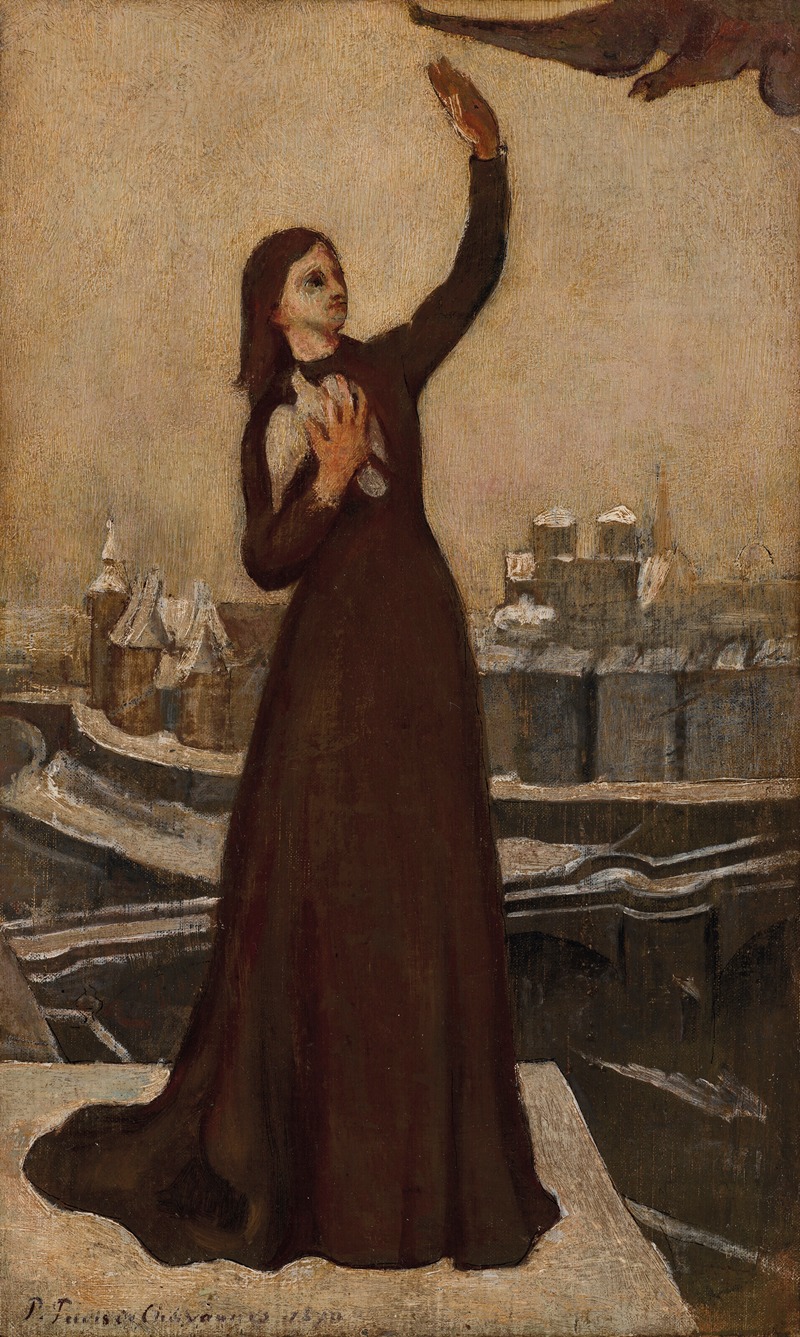
Étude pour ‘Le Pigeon voyageur’
A hand-painted replica of Pierre Puvis de Chavannes’s masterpiece Étude pour ‘Le Pigeon voyageur’, meticulously crafted by professional artists to capture the true essence of the original. Each piece is created with museum-quality canvas and rare mineral pigments, carefully painted by experienced artists with delicate brushstrokes and rich, layered colors to perfectly recreate the texture of the original artwork. Unlike machine-printed reproductions, this hand-painted version brings the painting to life, infused with the artist’s emotions and skill in every stroke. Whether for personal collection or home decoration, it instantly elevates the artistic atmosphere of any space.
Pierre Puvis de Chavannes was a prominent French painter known for his mural painting and his influence on the Symbolist movement. One of his notable works is "Étude pour ‘Le Pigeon voyageur’," which translates to "Study for 'The Carrier Pigeon'." This piece is a preparatory study for a larger work, showcasing Puvis de Chavannes' distinctive style and thematic interests.
Puvis de Chavannes was born in 1824 in Lyon, France, and became one of the leading figures in 19th-century French art. He was particularly renowned for his murals, which often depicted allegorical and symbolic themes. His work was characterized by a muted color palette, simplified forms, and a sense of timelessness, which set him apart from many of his contemporaries.
"Étude pour ‘Le Pigeon voyageur’" is part of Puvis de Chavannes' exploration of communication and connection, themes that were significant during the period of rapid technological and social change in the late 19th century. The carrier pigeon, as a subject, symbolizes the transmission of messages and the bridging of distances, both physically and metaphorically. This theme was particularly resonant during a time when communication technologies, such as the telegraph, were transforming society.
The study likely served as a preparatory work for a larger mural or painting, a common practice for Puvis de Chavannes, who often created detailed studies before executing his final compositions. These studies allowed him to experiment with composition, form, and color, ensuring that the final work achieved the desired effect.
Puvis de Chavannes' approach to painting was influenced by his desire to create works that transcended the specificities of time and place, aiming instead for a universal and eternal quality. This is reflected in the serene and contemplative nature of his compositions, which often feature idealized figures set against harmonious landscapes.
Throughout his career, Puvis de Chavannes received numerous commissions for public buildings, including the Panthéon in Paris and the Boston Public Library in the United States. His work was highly regarded by both his contemporaries and later artists, influencing figures such as Paul Gauguin and the Symbolist painters.
"Étude pour ‘Le Pigeon voyageur’" exemplifies Puvis de Chavannes' mastery of composition and his ability to convey complex themes through simple yet powerful imagery. The study reflects his interest in the interplay between humanity and technology, as well as his commitment to creating art that speaks to universal human experiences.
While specific details about the study itself, such as its current location or dimensions, may not be widely documented, it remains an important part of Puvis de Chavannes' oeuvre. His work continues to be studied and appreciated for its contribution to the development of modern art and its enduring exploration of themes that resonate with audiences today.





